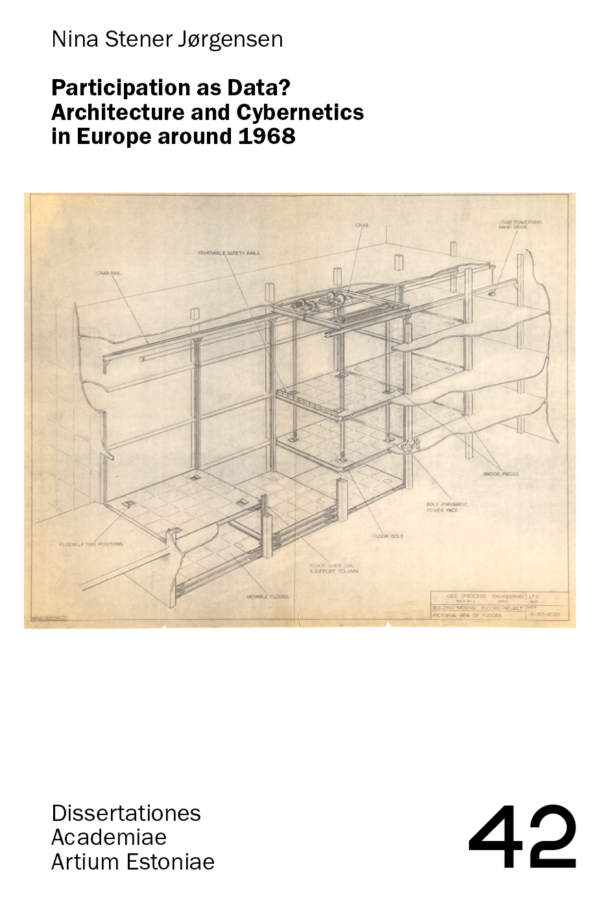
This doctoral thesis analyzes the ways in which user participation was understood as data in three architectural projects from the late 1960s and early 1970s. These projects borrowed concepts from the theory of cybernetics, and in all of them participation, represented as “input” and “output” (which in turn is regulated by “feedback”), became an important source of information for the architectural program. Under consideration are the feasibility study of British architect Cedric Price’s Oxford Corner House (1965-1966), French-Hungarian artist Nicolas Schöffner’s project Tour Lumière Cybernétique (1961-1973) and Danish architects Susanne Ussing and Carsten Hoffer’s Atelier Cyberspace (1968-1970). ). Through their analysis, the doctoral thesis proposes the term “cybernetic participation”. This concept captures their programmatic similarity and allows us to consider participation as a process of information gathering – to see how projects avoided direct interaction with users.
The results of the case studies reveal different ways in which cybernetic participation was used to elicit data from participants: in the first case, in close relation to the early business data processing developments of Lyons’ Enterprise (Price); in the second case, as an algorithmic control method to support the De Gaulle administration’s plan to become the administrative center of Europe (Schöffer); in the third case, as a means to reorganize everyday life with the help of computers (Atelier Cyberspace).
The doctoral thesis thus shows how, in the case of these projects, through the use of various architectural tools, participation has been transformed into data by applying cybernetic techniques. The methods of data collection were varied: the study demonstrates both their prevalence and their easy adaptation to the context. By exploring the early uses of computer-based spatiality, the thesis aims to contribute to the contemporary debate on the topic of so-called smart urban planning, which can be seen as the modern equivalent of the cybernetic participation of the time. In addition, the theoretical and epistemic terms arising from problem formulation are discussed, the role of participation in the process of obtaining information is compared, and the comparison of projects asks whether these examples can be viewed as (abstract) participation.
Supervisor: Prof. Maroš Krivy (Estonian Academy of Arts)
External reviewers: Dr. Tahl Kaminer (Cardiff University), Dr. Ingrid Halland (University of Oslo)
Opponent: Dr. Tahl Kaminer (Cardiff University)
Copy editor: Dr. Joey Cook
Copy editor (Estonian): Dr. Kristina Jõekalda
Translation into Estonian: Dr. Kaija-Luisa Kurik
Series design: Indrek Sirkel
Layout: Pärtel Eelmere
Dissertations Academiae Artium Estoniae 42
182 pages, in English
Estonian Academy of Arts, 2024
ISBN 978-9916-740-12-5 (print)
ISBN 978-9916-740-13-2 (pdf)
ISSN 1736-2261
